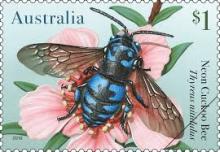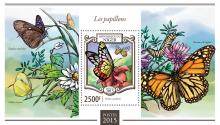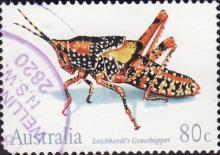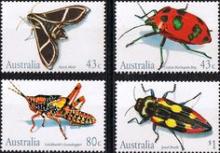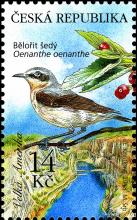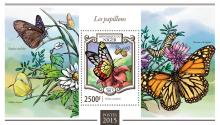Shifts in food plant abundance for flower‐visiting insects between 1900 and 2017 in the canton of Zurich, Switzerland
We compared the current (2012–2017) abundances of food plants of different groups of flower‐visiting insects to that of 1900–1930 in the canton of Zurich, Switzerland. Comparisons were done separately for different vegetation types, flowering months, and groups of diurnal flower‐visiting insects, such as bees, bumblebees, wasps, butterflies, hoverflies, flies, and beetles. We found a general decrease in food plant abundance for all groups of flower‐visiting insects and in all vegetation types except ruderal areas.

